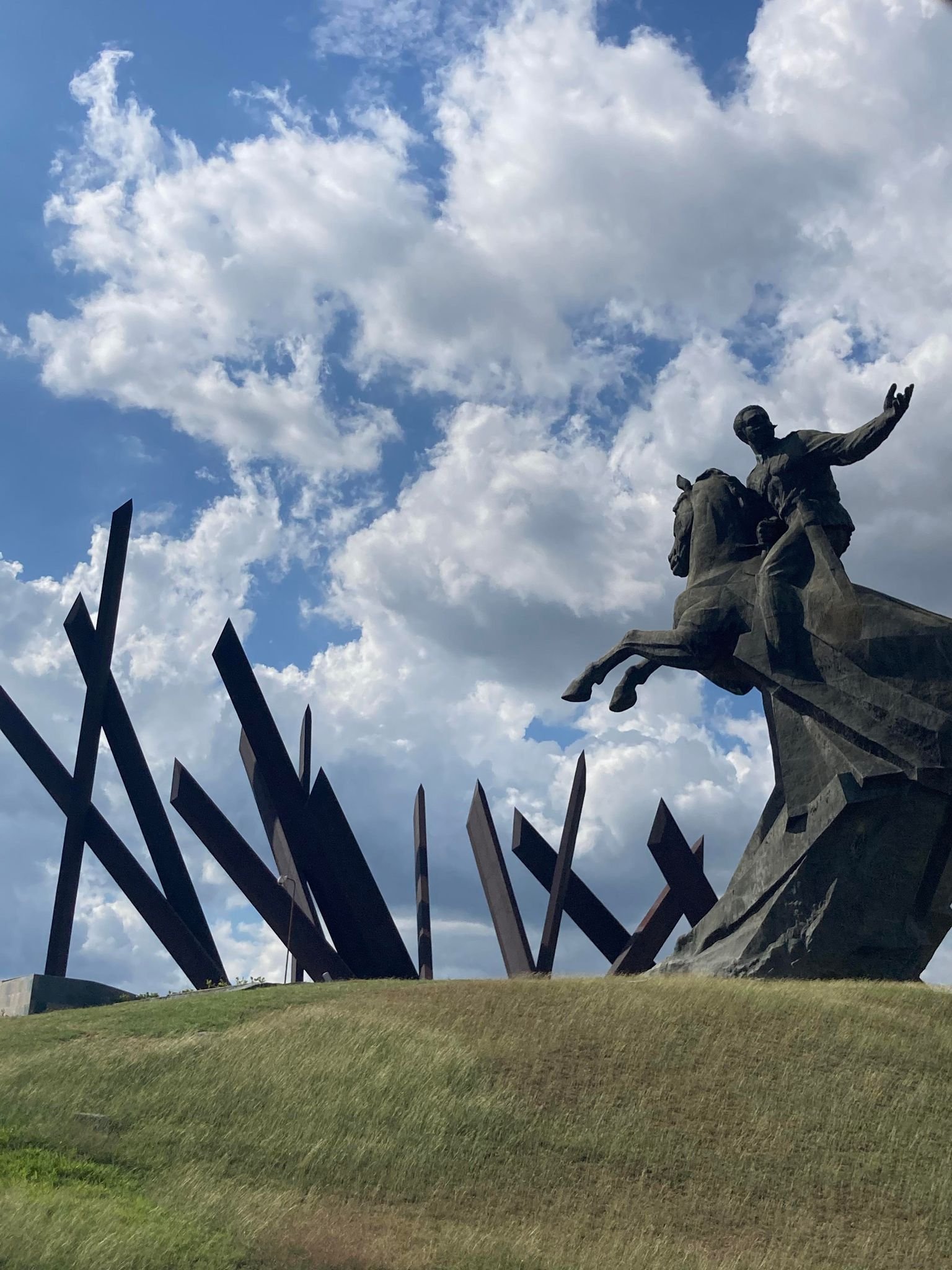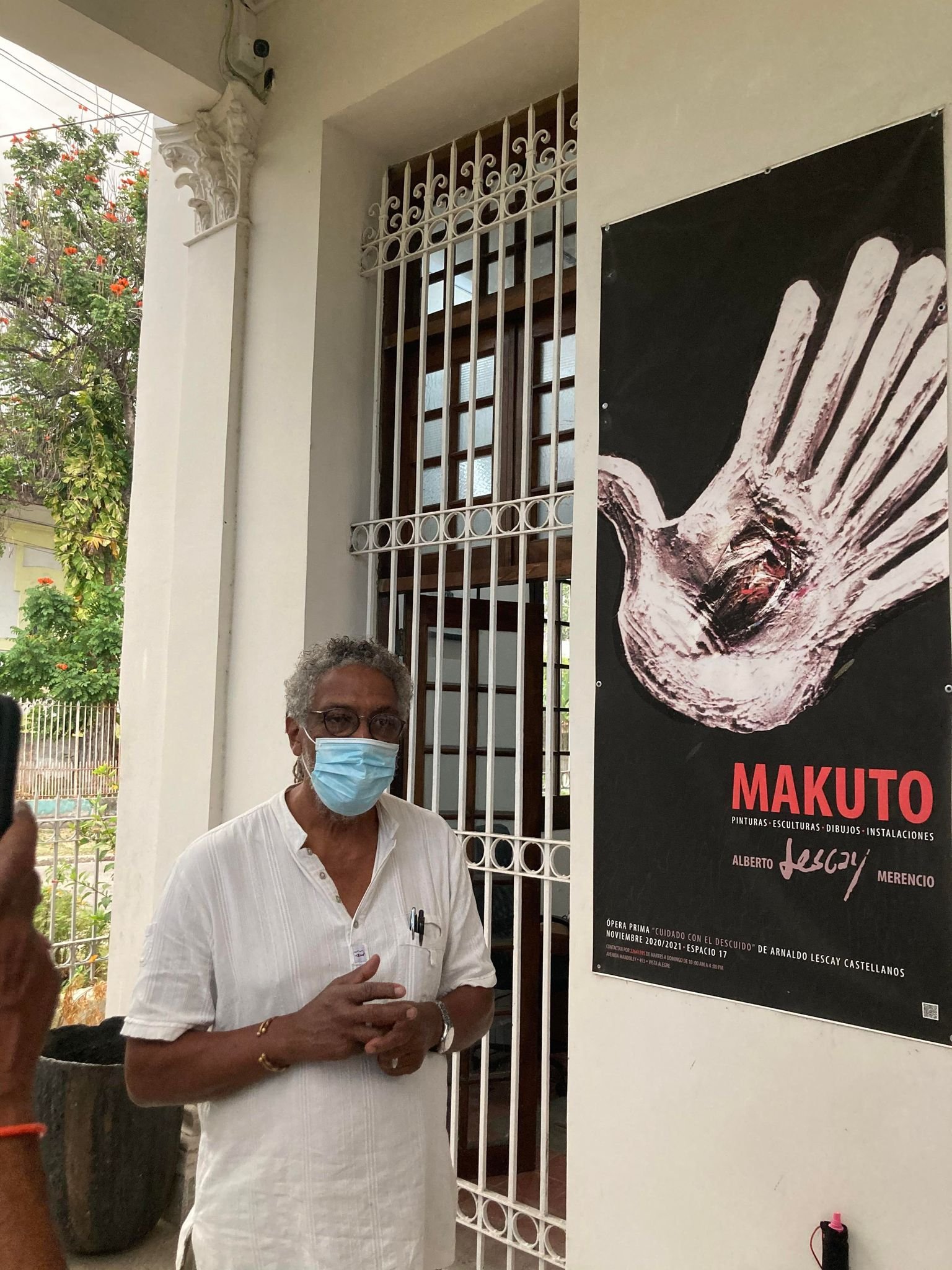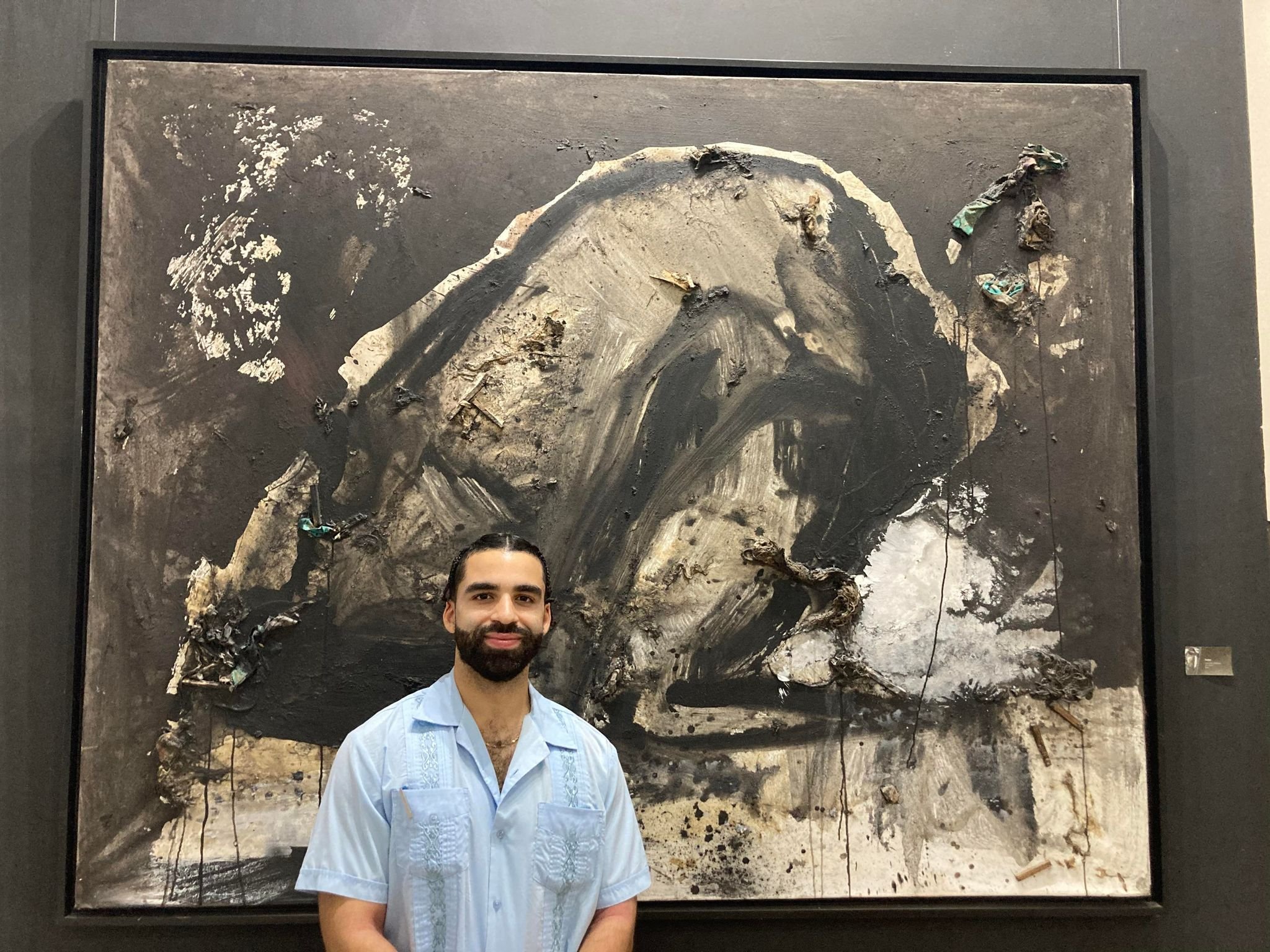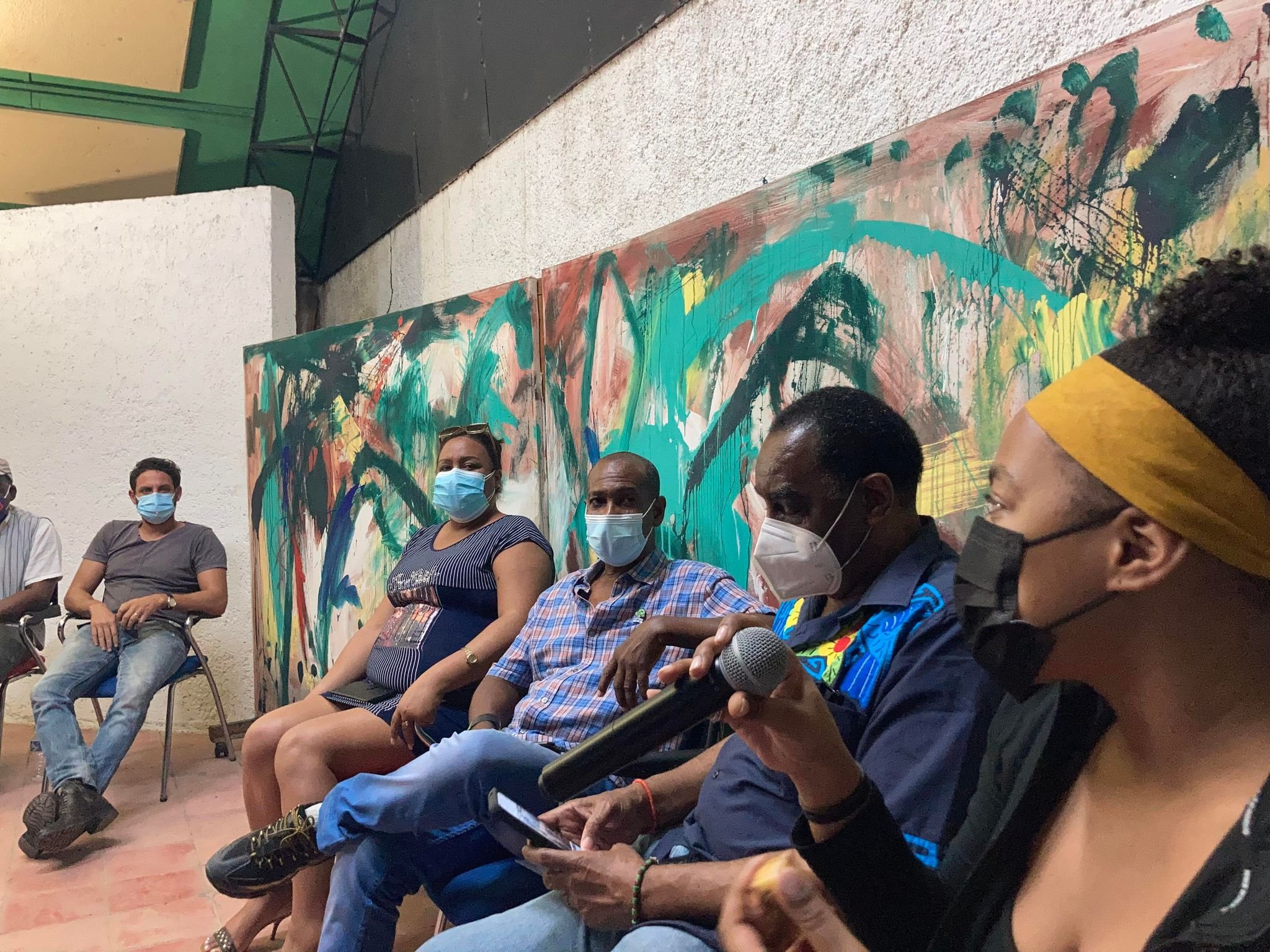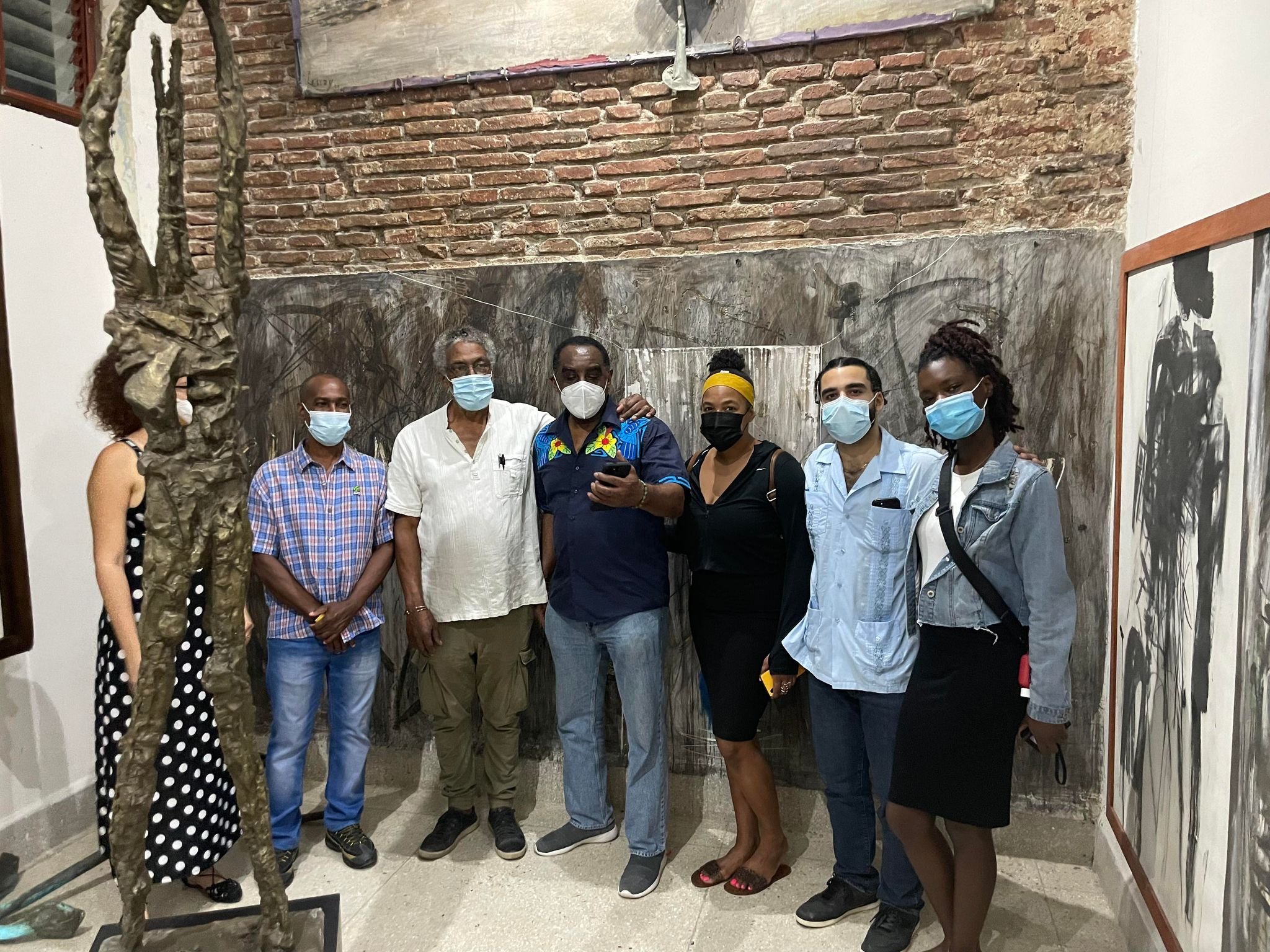Bronze Sharpens Bronze: Alberto Lescay, Antonio Maceo and aesthetic depictions of Afro-Cubanism
Statue of Antonio Maceo Grajales, created by Alberto Lescay (Photo taken by me)
Recently, I had the great pleasure of returning to Cuba after 2 years away due to the Covid-19 pandemic. Before the pandemic, I would visit at least twice a year to keep up with friends and engage in both cultural and socio-political work. Going Back to Cuba after so long allowed me in many ways to see the country with new eyes. The revolutionary island continues to remain in many ways a symbol of what an extension of community life can look like when expanded to an entire country.
With the combination of a pandemic which has further isolated the global community, and a criminal-genocidal blockade on Cuba, which this year has entered its 60th year in power, economic conditions in Cuba are a lot worse compared to when I had seen them last. There is a scarcity of staple products due to the limitations Cuba has to import goods from abroad, imposed by the United States government, exaggerated by new restrictions imposed the prior Trump Regime.
However, in spite of the harsh economic climate, community life, joy, pride and happiness is still seen on the faces of all Cuban people. In times of hardship, especially in the closer-knit eastern region of Cuba, "Oriente” , community, family and friends are more important than ever. This warmth was certainly felt when we were received by our friends and comrades, and granted generosity and insight from them. One of these friends whom we paid a visit to was world-renowned artist, poet and cultural figure Alberto Lescay. Lescay this passed year, 2021, was awarded Cuba’s prestigious National Visual Arts award for his many contributions to Cuba in the realm of public art, history and culture.
Master-Artist Alberto Lescay
When we had met with Lescay he was still in the wake of such a prestigious award, but still as humble as ever. We were allowed to visit his new gallery space in Santiago de Cuba which featured his new exhibit, “Makuto”. The theme of Lescay’s “Makuto” gallery was inspired by his recent trips to Ghana in Senegal which compounded his already existing commitment to Afrocentric art, and and aesthetic proliferation of Afro-Cuban culture. A “Makuto” is the name given to trinkets, artifacts and items enslaved Africans managed to bring with them from Africa to the Americas, items which became endowed with a spiritual significance considerings it’s direct connection with Africa and one’s family.
Photo taken outside the Makuto Gallery, Santiago de Cuba, Cuba
Many pieces within his gallery mingled the themes of darkness and light, Africa and alienation. Lescay has a very unique a recognizable style, one that to my amateur eye, blends abstract modernism with Soviet/Socialist realism, a symbiotic style which manifests in the grandeur of his works - an aesthetic feature from Lescay’s extensive artistic training within the former Soviet Union in his younger years. Lescay is known for his assertion of Africa’s importance in the genesis of Cuba, and the role Black sacrifice has played in the construction of Cuba’s revolution and Cuban independence from Spain. Lescay’s greatest work, a grand statue of Cuban war hero Antonio Maceo Grajales which stands proudly in the center of Santiago de Cuba makes no mistake about the importance the Black Santiago-born hero plays to the city, and to the nation.
Lescay sculpting the Antonio Maceo Statue (Photo taken from inside the Antonio Maceo Museum)
Antonio Maceo was named the “Bronze Titan” in his day, a namesake for his Black skin and prominence as a master tactician and general in Cuba’s “Mambisa” rebel army. The whole statue is cast entirely from Bronze and towers triumphantly at 53ft high, a proper bronze titan for the Bronze titan Antonio Maceo. Antonio Maceo, a Black man, is an enormous figure to the Cuban people who represents the word “dignity” in the material form. During Cuba’s struggle for independence (1868-1878) the Spanish had approached the rebel leadership for peace, a peace which came with the continued existence of Cuba as a colony, and freedom from slavery for the Black soldiers of the rebel army, known as “Pact of Zanjón”. Maceo was in opposition to a peace which did not grant freedom to all the enslaved and granted Cuba independence from Spain, so he continued the war against the imperialists.
Me and a piece featured in the Makuto Gallery
Alberto Lescay is an artist who knows the importance of dignity, humility and pride, and captures those very human needs in his work, which venerates the power of human potentiality and the ability to overcome through the effort of the heart. When in Cuba, I along with my friends had the opportunity to be featured in a program concerning the importance of culture in social life and the role culture can play in uniting the people of Cuba and the United States.
Alberto Lescay is an artist which the whole world should be familiar with because he is the example of a true public artist, one who’s art serves the values of community, heritage, and service. Opposed to individually profiting from art, art serves as a means of social transformation and kinship making, a public portrayal of the values of a society. For that reason, we have a lot to learn from Lescay, the example of Antonio Maceo, and the ongoing sacrifice of the Cuban people who continue to struggle against 21st century empire.
Master artist Alberto Lescay and our group

